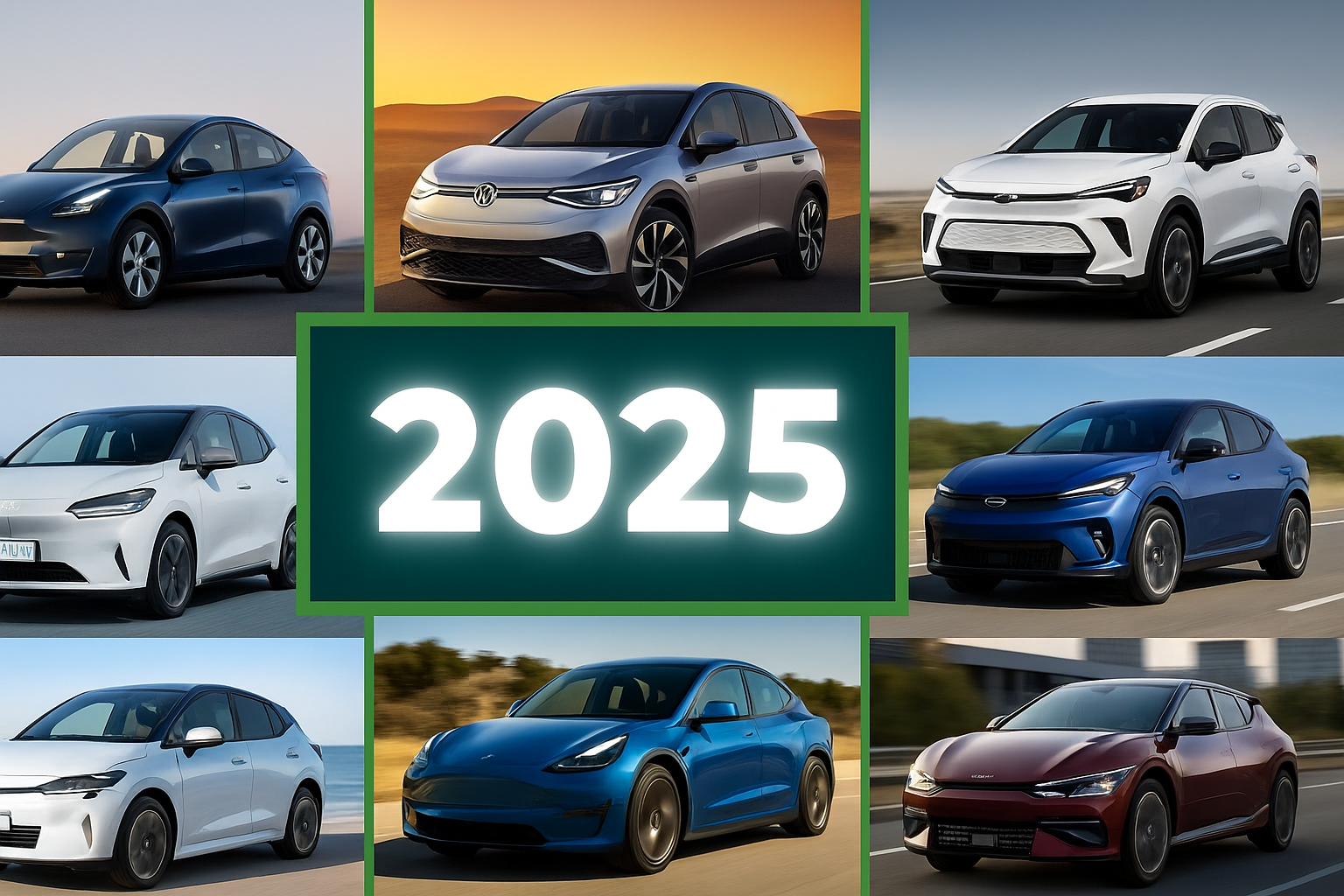EV Sales Trends 2025: A Global Surge in Electric Mobility

China Leads the EV Charge as Emerging Markets Catch Up
As of mid-2025, China continues to dominate the global EV landscape, both in raw sales numbers and technological innovation. In major cities like Shanghai and Shenzhen, electric vehicles now account for over 60% of new car registrations. Homegrown automakers like BYD, NIO, and XPeng are not only shaping domestic demand but rapidly scaling exports to new markets in Southeast Asia, the Middle East, and Latin America.
A prime example is the Leapmotor T03, which recently launched in the UK at just £14,495—undercutting even the Dacia Spring to become the cheapest electric vehicle in the country. Its affordability and compact size make it particularly appealing for urban commuters and fleet operators. This bold entry highlights China’s ability to deliver not just volume, but value at scale.
The reason behind China’s EV success is multifaceted. Unlike other regions, China maintains strong vertical integration across its EV supply chain, from raw materials to finished battery packs. CATL and BYD produce LFP batteries in massive volumes, allowing for stable pricing and high production output. Meanwhile, government policies—though transitioning from direct subsidies to infrastructure and tax support—continue to fuel demand, particularly through regional initiatives and benefits like free registration and toll waivers.
Also, Chinese EVs are becoming highly desirable in second-hand markets. Countries such as Kenya, Morocco, and the UAE are importing nearly new Chinese EVs at an accelerating pace. Many of these vehicles boast under 30,000 kilometers on the odometer, up-to-date battery health, and competitive features, offering incredible value to international buyers building their own resale ecosystems.
European Adjustments and American Contradictions
While Europe has long been a frontrunner in clean mobility, 2025 has brought both evolution and disruption to the region’s EV strategy. The reduction or removal of incentives in countries like Germany and the UK created some turbulence in Q1. However, other EU states such as France and Spain have stepped up, introducing targeted subsidies for low- to middle-income families and businesses.
France now offers enhanced income-based EV grants, which favor compact models from MG, Cupra, and Peugeot. Meanwhile, Stellantis and Volkswagen are racing to release sub-€25,000 EVs designed for mass appeal, like the ID.2 and e-308. On the luxury side, BMW’s Neue Klasse and Mercedes-Benz’s CLA electric platform are redefining what premium EVs look and feel like.
The European Union’s 2035 combustion ban continues to drive industry alignment. Manufacturers are increasingly treating EVs as the new default, not just in design but in volume planning, R&D, and dealership strategy. Cities like Paris and Milan are ramping up ICE restrictions, encouraging a faster shift to electric fleets across delivery, ride-share, and corporate categories.
Across the Atlantic, the United States presents a fragmented picture. Federal incentives have been mired in regulatory complications, with many buyers unsure whether specific models qualify for the new tax credits introduced under the Inflation Reduction Act. Nevertheless, consumer interest remains strong. Automakers sold over 1.6 million EVs in the first half of 2025 alone, driven by familiar favorites like the Tesla Model Y, Ford F-150 Lightning, and the Chevrolet Equinox EV.
However, unlike China and Europe, the U.S. is still grappling with gaps in charging infrastructure and affordability. Efforts are underway to address these issues—state-backed charger expansion programs and local battery production partnerships are gaining momentum—but there is still progress to be made.
Technology Maturation and the Rise of the Second-Hand EV Market
From a technical standpoint, 2025 marks a transition from innovation to optimization. Battery prices, which plummeted between 2019 and 2023, have now stabilized. Although raw material fluctuations—particularly in lithium and nickel—pose challenges, manufacturers have responded with improved battery chemistry and better thermal management systems. Most mainstream EVs now offer over 500 km of real-world range, while high-end models are pushing past 750 km. Rapid-charging capability has also improved, with many vehicles achieving 80% charge in under 20 minutes.
The result is increased consumer confidence—not just in new cars, but in used ones as well. Battery warranties have become more transparent, and tools for monitoring battery health are now standard in the resale process. Platforms such as EV-CPO and Carvana have reported increased trade-in and resale volume, particularly for Tesla and Hyundai vehicles.
Residual value—a key concern just a few years ago—has seen notable improvement. According to a 2025 Cox Automotive report, the average 3-year-old EV now retains 73% of its original value, nearly matching the 77% of ICE vehicles. This trend is fueling the rapid growth of second-hand EV exports, especially from Dubai and Guangzhou, where fleets of zero-km electric vehicles are prepared for shipment to Africa, Eastern Europe, and Southeast Asia.
Ready to capitalize on this EV boom? See our zero-km EV listings
